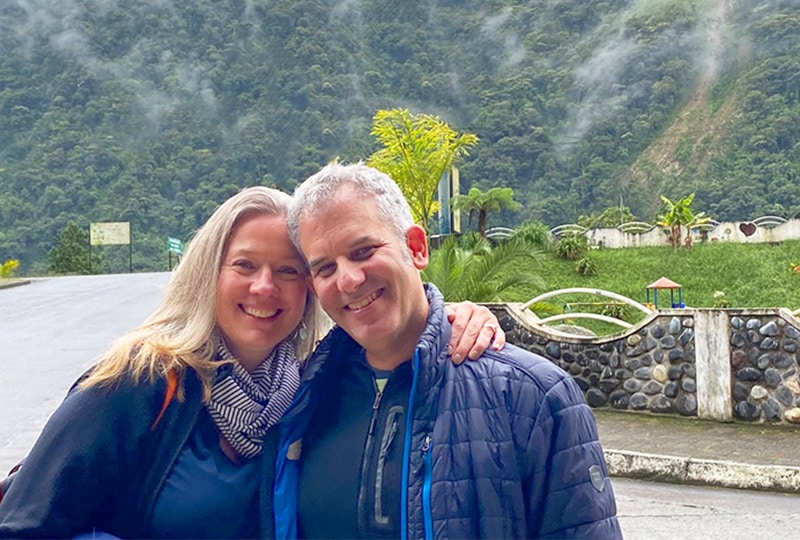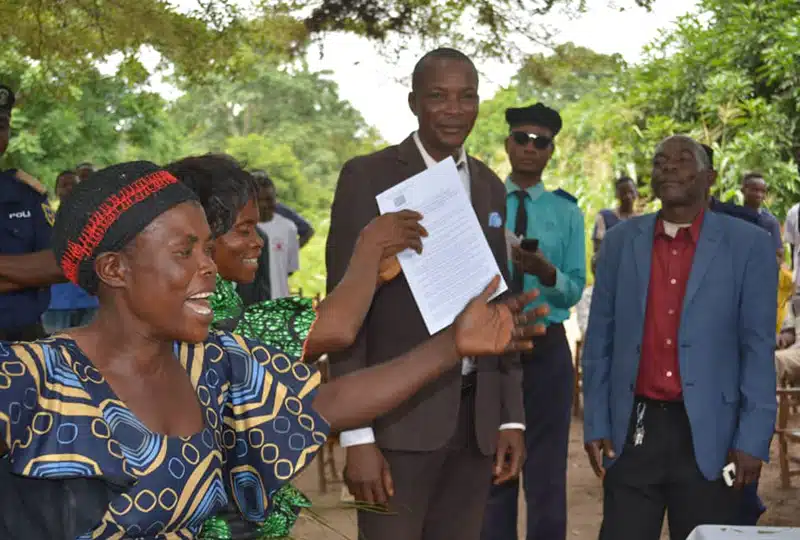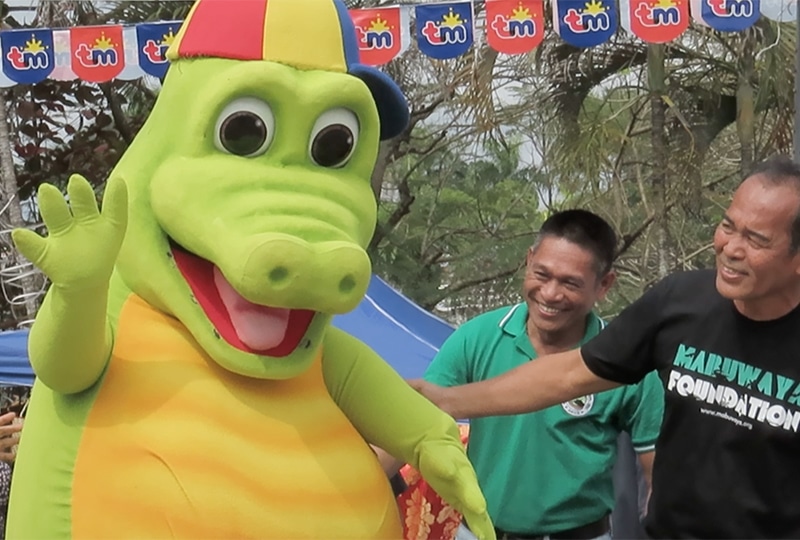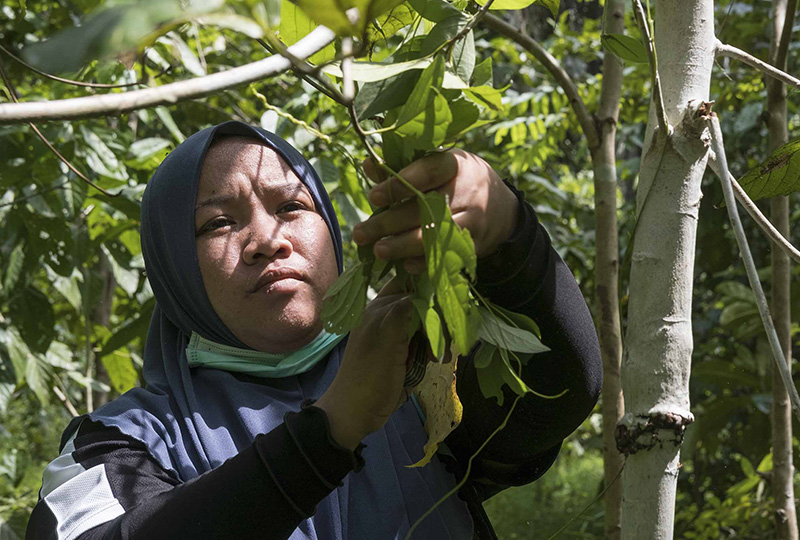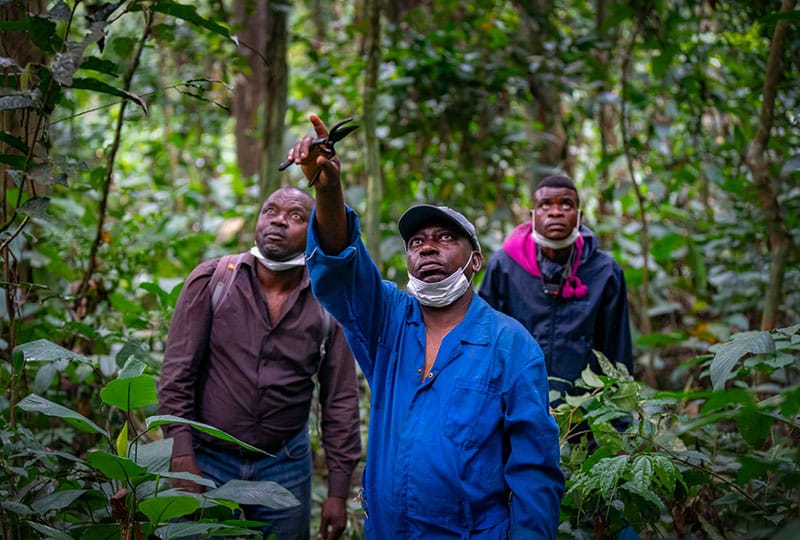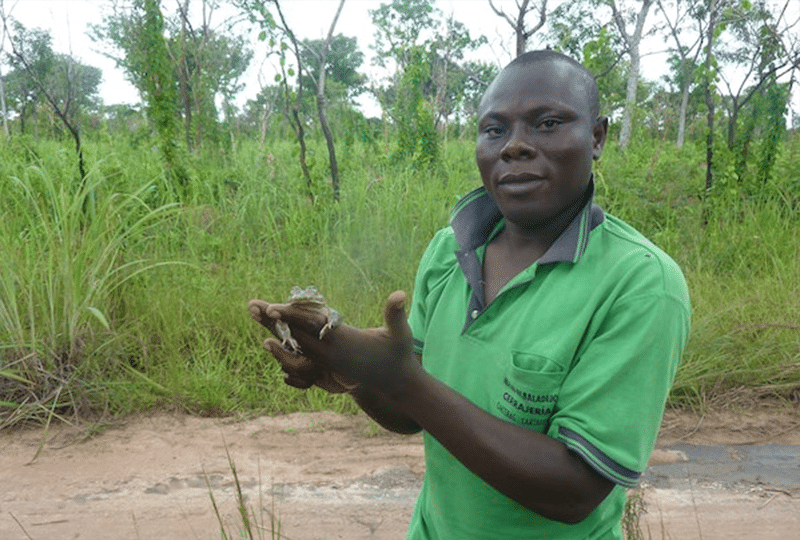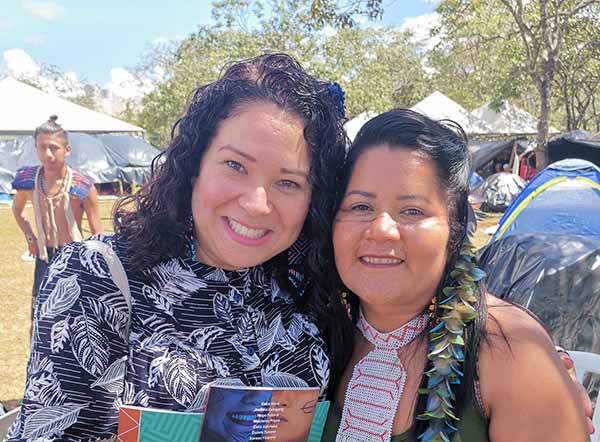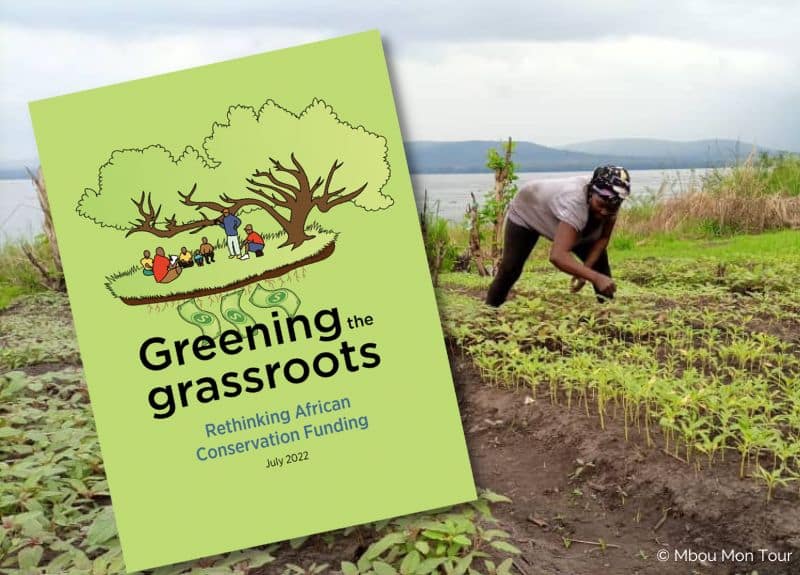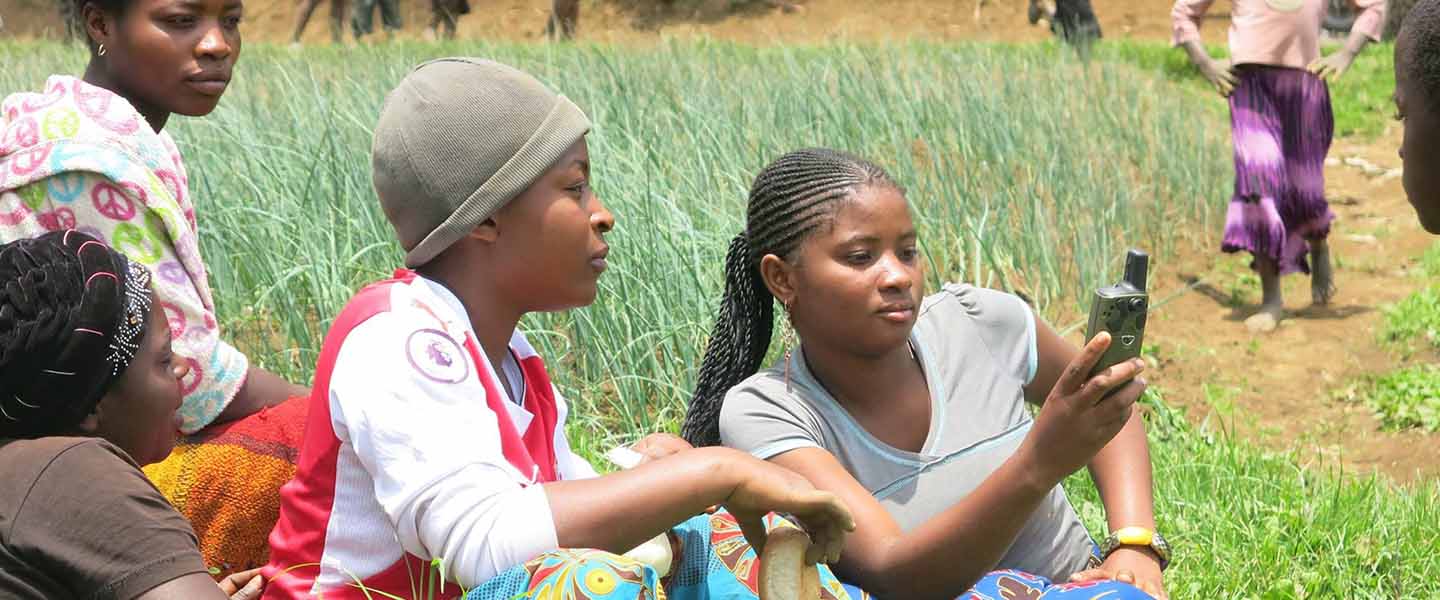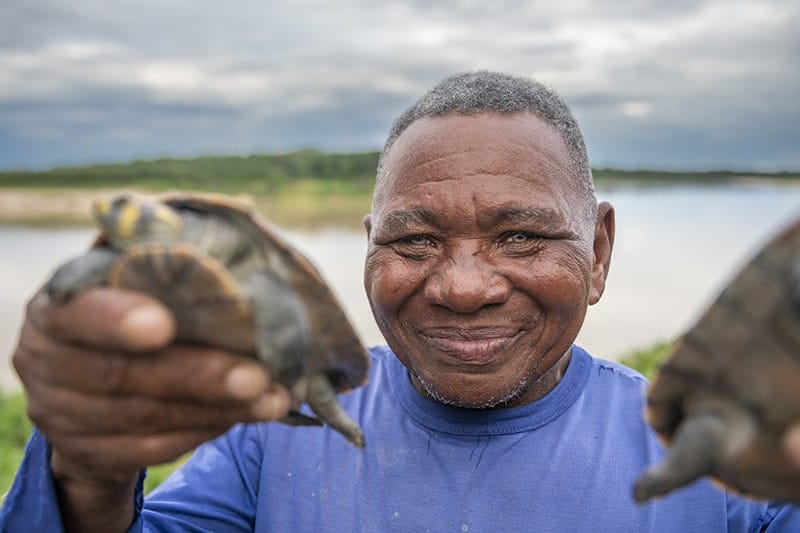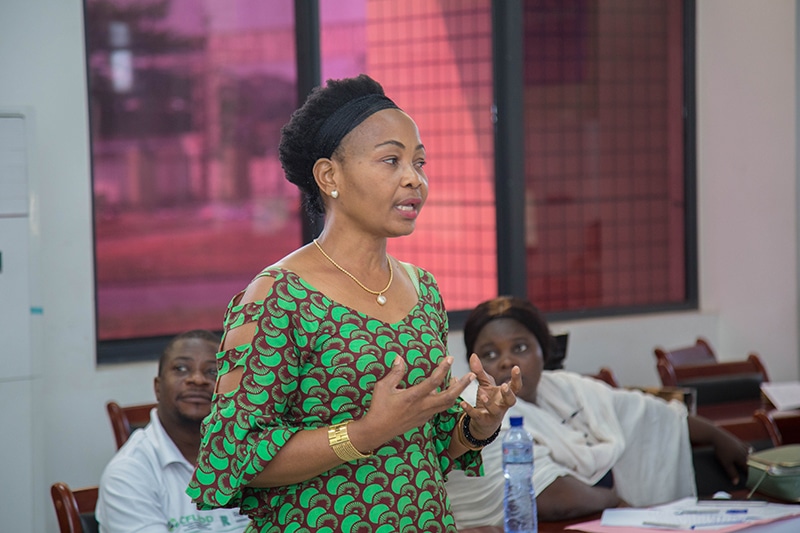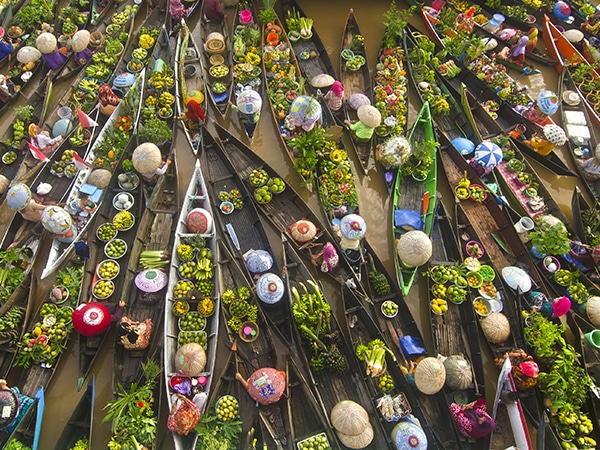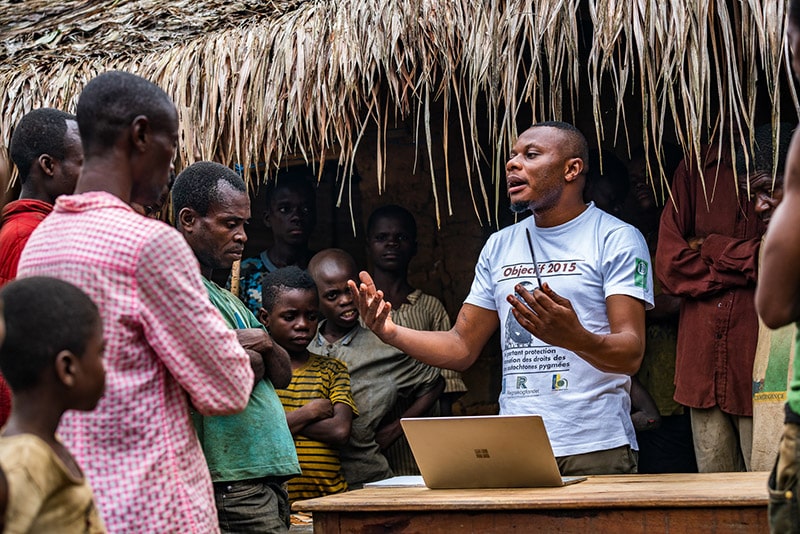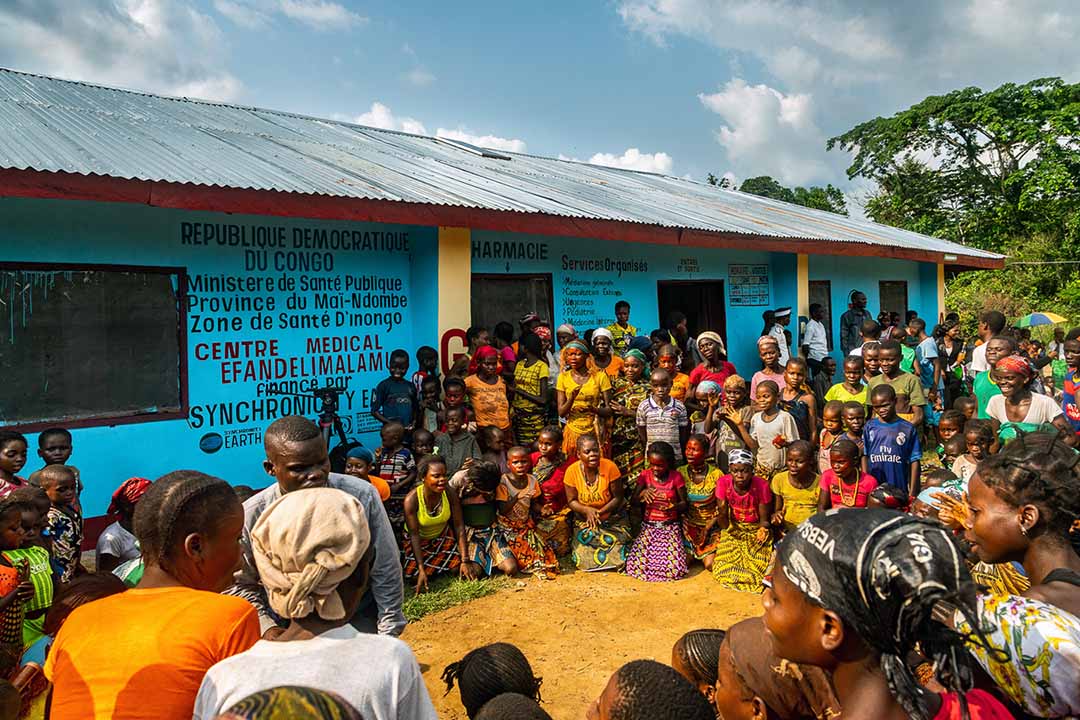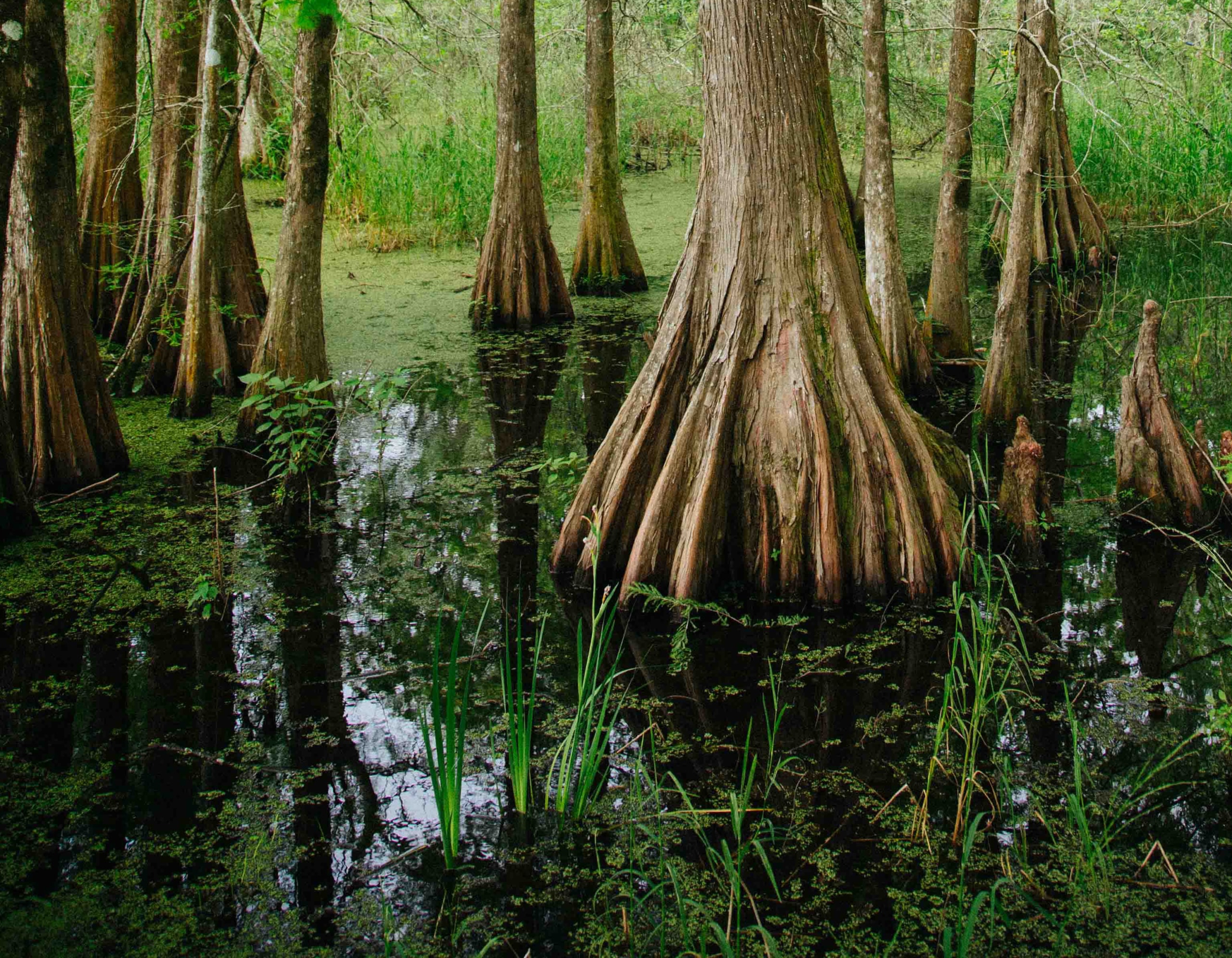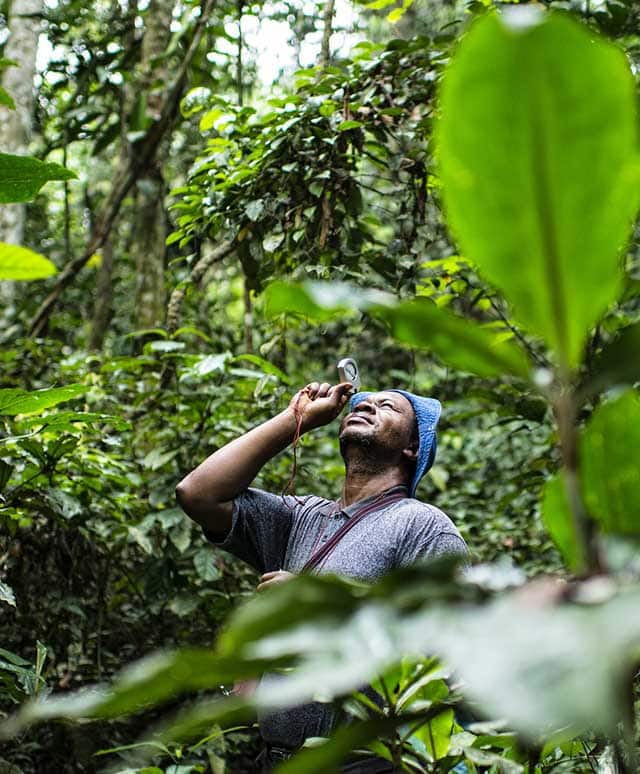How we fund
Since our founding in 2009, Synchronicity Earth has given grant funding to over 180 conservation organisations and individuals. We have supported a wide range of partners, including small, locally led, community-based groups and individuals, more established regional and national organisations, and larger international NGOs operating globally.
Central to our approach is a desire to nurture meaningful, long-term relationships with people and organisations working to address overlooked and underfunded conservation priorities, creating space for mutual learning to help us achieve our common goal to protect and restore nature where it is most threatened.
Building partnerships
We consider every organisation and individual we give funding to as a ‘partner’. Our aim is to build long-term, two-way, trusting relationships. We often provide core funding and support for organisational development and we also fund ‘start-up’ initiatives that will address key gaps in conservation action.
We work with our partners to assess compatibility and alignment in our goals: Can the funding we offer have meaningful impact? Does a potential partner’s objectives align with ours? Are we able to have honest and open dialogue with them? What type of funding would be most beneficial and over what period of time?
Synchronicity Earth aims to fund the majority of its partners over the long term, recognising the sustained action required to bring about real change and positive impact. We also aim to provide core and flexible funding wherever possible, allowing funding to be directed to areas where it is most needed. In line with this, where there is a need, we are happy to work with partners to strengthen and develop their organisations, providing support to better enable them to fulfil their objectives and helping us to meet our own charitable objectives.
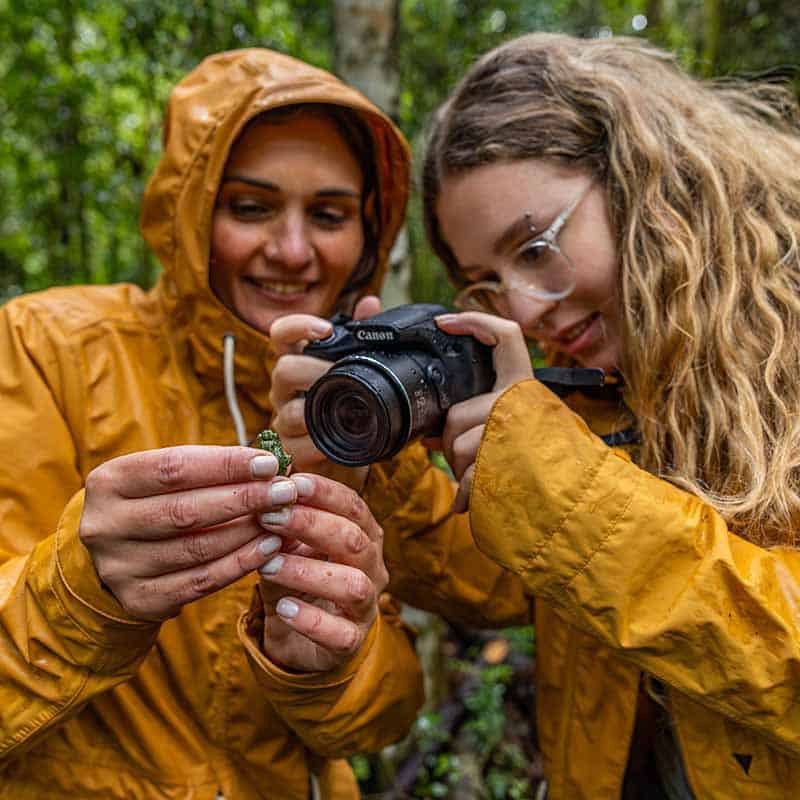
In the field with Instituto Curicaca. Image © Chis Scarffe
Our partner selection process
In general, we do not issue calls for proposals, and it is unusual for Synchronicity Earth to accept grant proposals from organisations or individuals that we do not know.
We recognise that funding demand far outweighs supply, but we are reluctant to promote a system in which small organisations with limited resources are expected to spend much of their time completing lengthy application processes for grants which they are often unlikely to receive.
Our approach to identifying partners to work with has grown out of years of experience working with a range of organisations and individuals; but it is also constantly evolving. We always try to apply what we learn from our grant partners and other allies, and we welcome feedback and questions on our processes. We have implemented a number of changes in recent years to account for smaller, one-off, and early-relationship grants, and we are in the process of formalising these.
How we fund: key steps

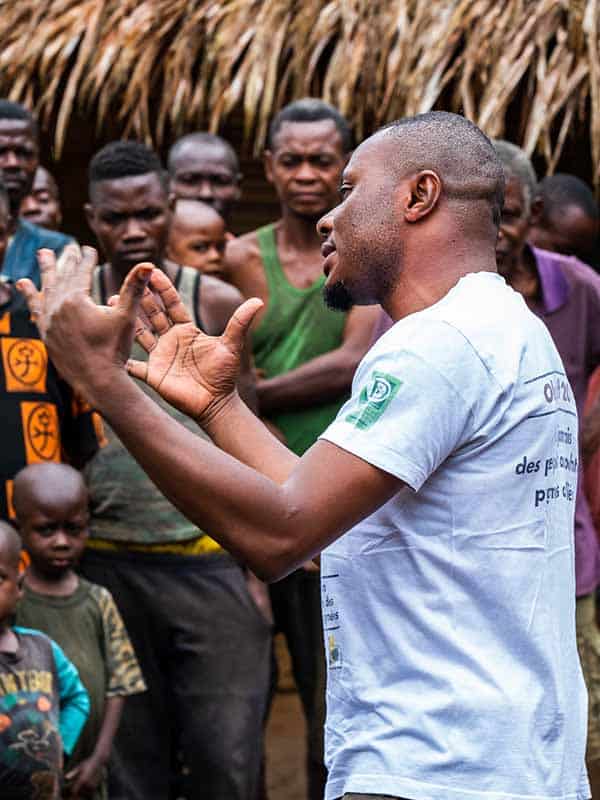
Synchronicity Earth provides long-term support for partners, for example, DGPA, led by Patrick Saidi (pictured), in the Democratic Republic of Congo. Image © Chris Scarffe
Learning as we go
In identifying partners to work with, we do not have a ‘pass’ or ‘fail’ system and we understand that no organisation or individual will have everything running perfectly at all times. We also recognise that there are diverse approaches to conservation, to running a successful programme or organisation, and to understanding impact.
Working with a broad range of organisations, from very small groups or individuals to large international organisations, we know that one size does not fit all: each organisation has its priorities and context taken into account as we begin to build our relationship.
Until this partnership, everything was project-based, salaries and staff never guaranteed. Because these bigger issues have been resolved, we can talk about other challenges.
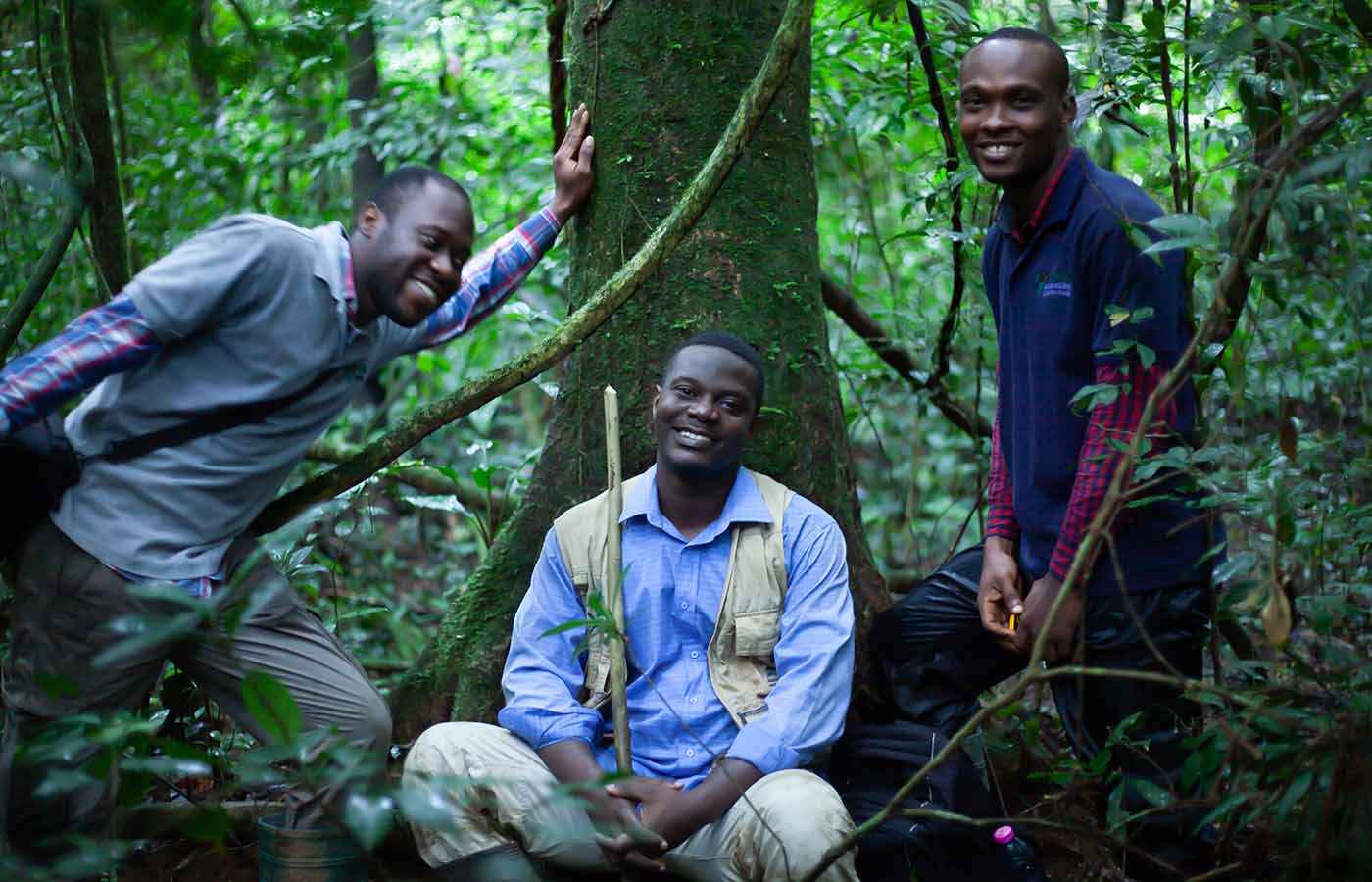
Read more about our approach
If you would like to learn more about our funding approach and processes, please contact: programmes@synchronicityearth.org.

